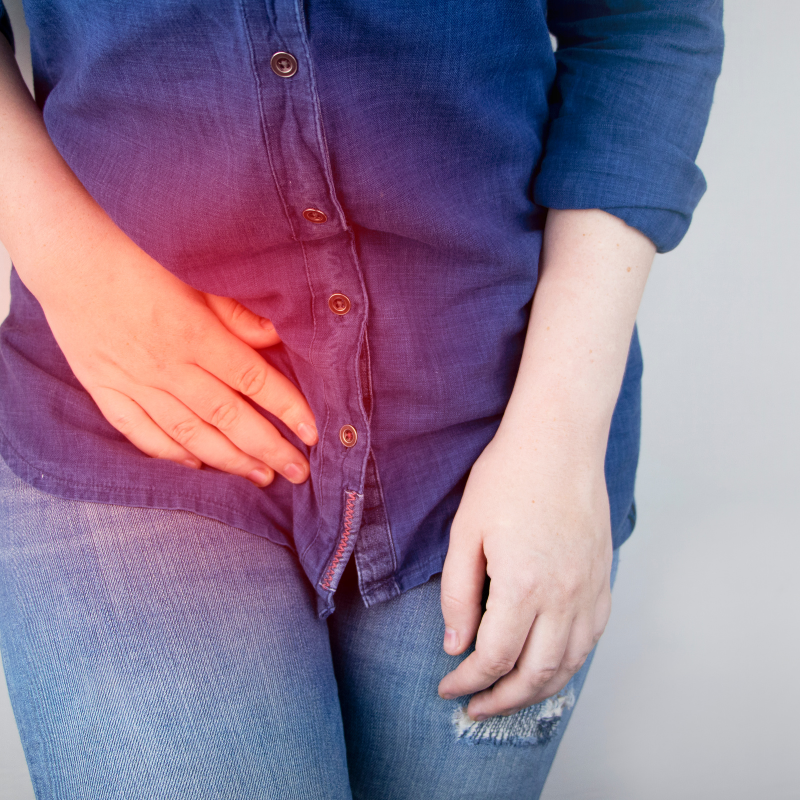Understanding Endometriosis
Endometriosis affects so many of us, but it is still one of the most misunderstood conditions out there. Here’s everything you need to know for understanding endometriosis. From what it is and how it develops to its symptoms and treatment options.
What Is Endometriosis?
Endometriosis is a condition in which tissue that normally lines the inside of the uterus grows outside of it. It can develop on other organs throughout your pelvis, including your ovaries, bladder, rectum, and fallopian tubes. The misplaced tissue continues to act like it normally would within the uterus—it thickens, breaks down, and bleeds with every menstrual cycle. But since this tissue has no way of exiting your body as it does during a period. The blood accumulates within your abdomen and causes irritation that can lead to pain and scar tissue formation.
What Are The Symptoms of Endometriosis?
The most common symptom associated with endometriosis is pelvic pain that typically begins before or during a period and gets worse over time. Other symptoms include: painful intercourse; heavy or irregular bleeding; pain during bowel movements or urination; fatigue; bloating; infertility; diarrhea or constipation; lower back pain; nausea. If you’re experiencing any of these symptoms, please talk to your doctor—they can help diagnose endometriosis and determine the best course of action for you.
How Can Endometriosis Be Treated?
Treatment options for endometriosis vary depending on each individual’s needs and preferences. Medication such as ibuprofen or birth control pills can be prescribed to reduce inflammation and manage pain levels. Surgery can also be an option for more severe cases—surgical removal of growths may be necessary if they cause too much discomfort or interfere with fertility. Hormone therapy may also be used to reduce levels of estrogen in the body (estrogen promotes cell growth) and inhibit further growth of endometrial cells outside the uterus.
Whether you’ve been diagnosed with endometriosis or are just looking for more information about this condition—I hope this blog post has been helpful! Remember that no two people experience endometriosis in exactly the same way—so if you think you might have this condition, please talk to your doctor about getting tested and finding out what treatment options are right for you! No matter what path you choose to take when dealing with endometriosis—you are not alone! There are millions of women out there who understand what you’re going through, so don’t hesitate to reach out for support if you need it! Together we will continue fighting against this condition until we find a cure!


